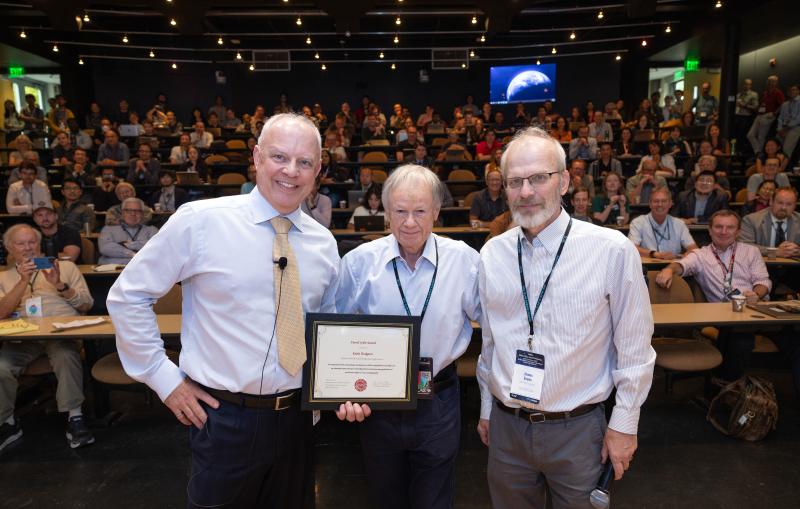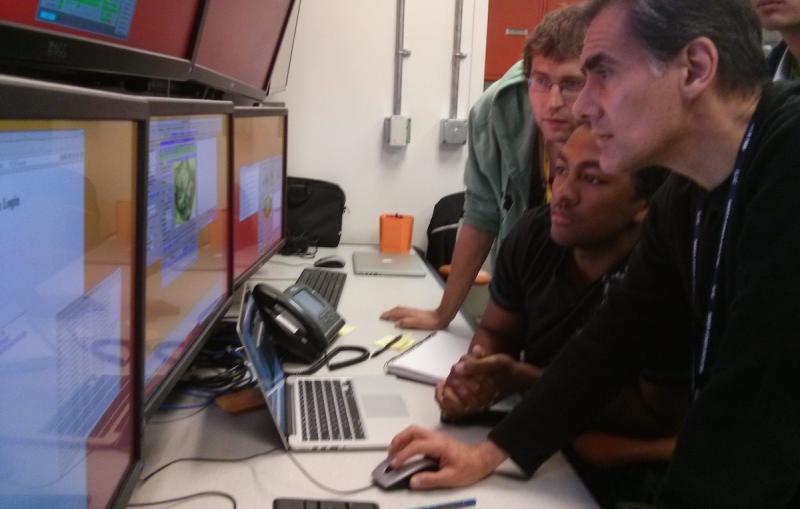October 25, 2023
Stanford-SLAC study shows how modifying enzymes’ electric fields boosts their speed
Dig Deeper
Related stories
News Feature
November 25, 2024
·
8 min read


News Feature
November 15, 2024
·
2 min read

News Feature
November 25, 2024
·
8 min read


News Feature
November 15, 2024
·
2 min read


News Feature
September 13, 2024
·
3 min read
News Brief
August 29, 2024
·
3 min read
